3 Nights / 4 Days
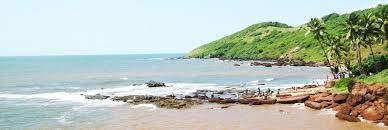
The state of Goa, in India, is famous for its beaches and places of worship. Tourism is its primary industry, and is generally focused on the coastal areas of Goa, with decreased tourist activity inland. Goa has a rich and varied history. It was a part of the Mauryan Empire in the 3rd century BC, followed by the rule of the Satvahanas of Kolhapur and the Bhojas who made Chandor their capital. From 580 – 750 AD the Chalukyas of Badami held sway over Goa until the Silharas took control in 1086 AD.Gulhalla Deva of the Kadambas, originally from Mysore, consolidated his hold over Chandor in the 11th century AD until the 13th century AD. As their kingdom prospered, the Kadamba rulers built a navy that was unbeatable in its time. Chandor their capital was now too small. They then moved to Goa Velha, where only the massive tank of the temple of Goddess Chamunda remains today. The Fr. Agnel monastery on the hill at Pilar houses a museum that has notable collections of this period.
The State Museum at Panaji has an extensive collection of artifacts from different periods of Goa’s history. A smaller museum in Old Goa on Christian Art also displays a distinctive selection.Jayakeshi-I during the period 1052-1080 AD proclaimed himself Lord of the Konkan and Emperor of the Western Seas. On his death Goa fell to the Chalukyas of Kalyani and later to the Yadavas of Devgiri.Muslims held sway from 1312-1370 AD over the Konkan region. However, with the breakup of the Tughlaq Kingdom, it was the Bhamani Sultans who then controlled Goa.Madhav Mantri, who headed the army of Harihara of Vijaynagar, reclaimed and ruled Goa as its Viceroy. In 1469 the Bahamani Vizier Khwaja Mohammed Gawan of Gulbarga laid a two-year siege of Goa’s seaside forts and ended Vijayanagar’s rule.
Yusuf Adil Shah, the adopted son of Gawan, moved his capital to Ela in Old Goa in 1498. He later built himself a palace in Panaji which until recently housed the State Secretariat. His rule lasted 12 years.Blessed as it is by natural harbours and wide rivers, Goa was the ideal base for the seafaring Portuguese, who arrived in 1510 aiming to control the spice route from the East.On 25 November, 1510 Yusuf Adil Shah lost Goa for good to Afonso de Albuquerque, a Portuguese who had taken the city earlier in March that year. Jesuit missionaries led by St Francis Xavier arrived in 1542. For a while, Portuguese control was limited to a small area around Old Goa, but by the middle of the 16th century it had expanded to include the provinces of Bardez and Salcete. The Portuguese ruled for 450 years.
The Marathas (the central Indian people who controlled much of India at various points in time) almost vanquished the Portuguese in the late 18th century, and there was a brief occupation by the British during the Napoleonic Wars in Europe. However, it was not until 1961, when the Indian army marched into Goa, that Portuguese occupation finally came to its end on the subcontinent.On 19 December 1961, the Indian Army liberated Goa from Portuguese rule, the culmination of the efforts of scores of freedom fighters, both Hindu and Christian. Thereafter Goa remained a Union Territory administered from New Delhi till it attained Statehood on May 30, 1987. In August 1992, Konkani, the mother tongue of most Goans was granted official language status under the Indian Constitution.
A Secular State
The multi-religious fabric of Goa’s society shines brightly, imbibed with the spirit of “Sarva Dharma, Sama Bhava” or Equal Respect for all Religions.Goa abounds with famous churches and temples and a harmonious co-existence prevails between people of various faith. Irrespective of whether they are Catholic, Hindu or Muslim, many Goans prostrate in symbiotic reverence before deities of other faiths than the one they profess. Religion dwells in the hearts of Goans wherever in the world they may be.Today, Goa has one of India’s highest per-capita incomes, with farming, fishing, tourism and iron-ore mining forming the basis of its economy.
On arrival at Goa Airport, Our representative will pick up to you and transfer you to the Hotel, Check-in, Evening Free for Leisure, and Night halt at Hotel.
Morning after breakfast, start sightseeing in North Goa. Places will be covered: Calangute Beach, Fort Aguada, Light House Point, Dona Poula, Vagador Beach, Anjuna Beach, and Evening Back to Hotel. Night halt at Goa.
Morning after breakfast start for full day Sightseeing in South Goa. Place will be covered: Old Goa Church, Shri Mangeshi temple, Shantadurga Temple, Evening Enjoy Boat Cruise on Mondovi River. Night halt at Goa.
Today after breakfast, you can enjoy local beaches till evening. After Lunch check out from the hotel and you can keep the luggage in the hotel. After
dinner, and transfer to Airport.
| No of pax | Age Limit | Price per pax (Rs) |
|---|---|---|
| Adult | Above 12 years | 12500 / Adult |
| City | Hotel Name | Star Rating |
|---|---|---|
| CALANGUTE | HOTEL GOLDEN SANDS |
Ushodaya Tours & Travels was started as an Air Travel & Tour Operation Company based in Visakhapatnam in August 2008 under the leadership of Mr. Mohan Rao Kollu. The company is IATA accredited and is regulated by Department of Tourism and Commerce Marketing, UAE. In short span of time, Ushodaya has gained great recognition in the industry and today, we are known as one of the leading Destination Management Companies & Wholesalers in Dubai. We have direct contact with large numbers of hotels in Dubai including some of the premium/ Luxury hotels. At present, the Hotelier fraternity in Dubai recognizes us amongst the top consolidators for Indian Market. Read More...

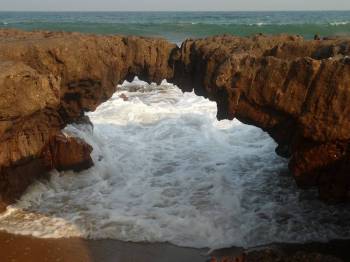 4D/3N
4D/3N
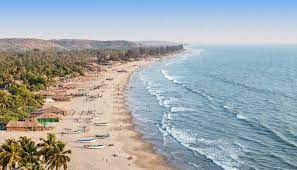 4D/3N
4D/3N
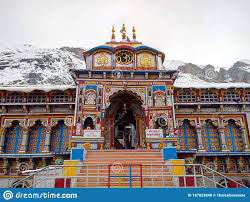 8D/7N
8D/7N
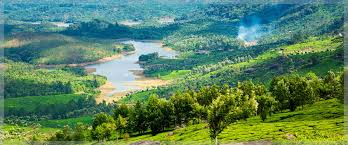 6D/5N
6D/5N
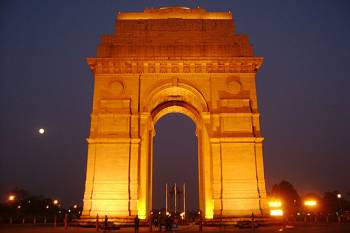 7D/6N
7D/6N
 8D/7N
8D/7N
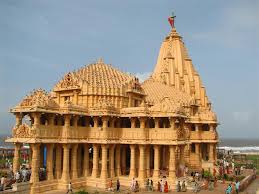 4D/3N
4D/3N
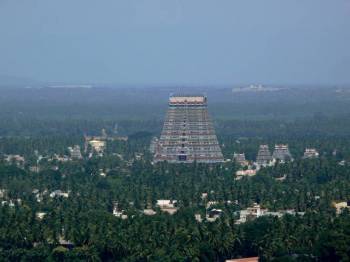 9D/8N
9D/8N
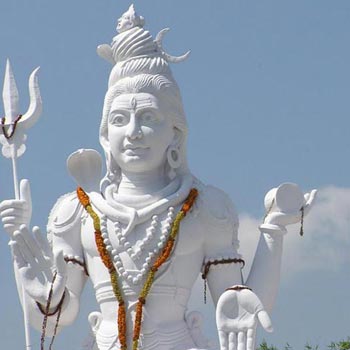 3D/2N
3D/2N
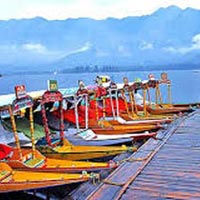 4D/3N
4D/3N
 4D/3N
4D/3N
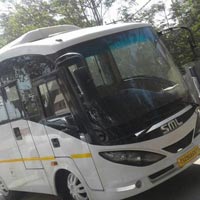 4D/3N
4D/3N
Hyderabad-Basar-Aurangabad-Shirdi-Ahmedn..
Shirdi - Ahmednagar - Hyderabad - Aurangabad - Basar
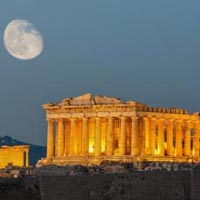 4D/3N
4D/3N
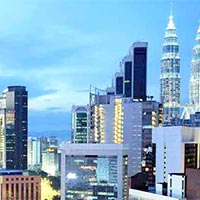 4D/3N
4D/3N
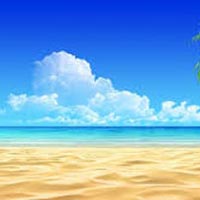 4D/3N
4D/3N
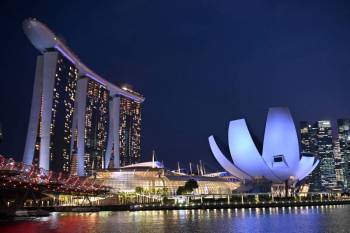 4D/3N
4D/3N
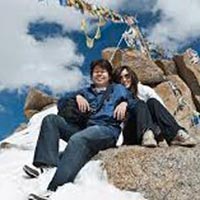 4D/3N
4D/3N
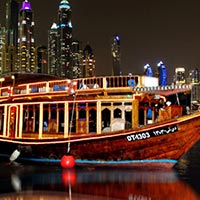 4D/3N
4D/3N
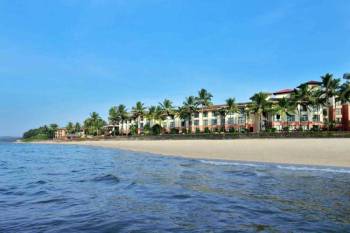 7D/6N
7D/6N
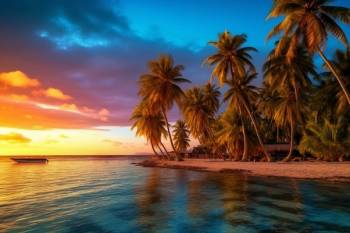 7D/6N
7D/6N
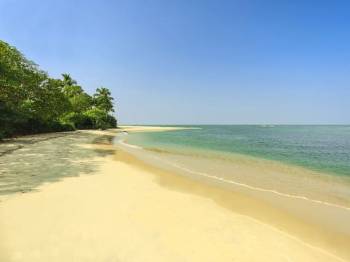 7D/6N
7D/6N
6 Night - 7 Days Goa Tour Package
Panaji - Calangute - North Goa - South Goa - Goa City
 7D/6N
7D/6N
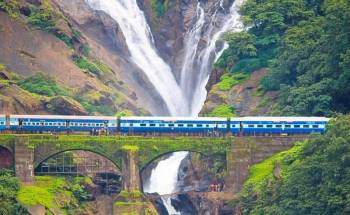 7D/6N
7D/6N
6 Night 7 Days North Goa - South Goa - C..
Panaji - Calangute - North Goa - South Goa
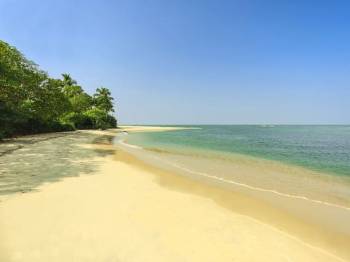 7D/6N
7D/6N
6 Night - 7 Days Goa Tour Package
Panaji - Calangute - North Goa - South Goa - Goa City
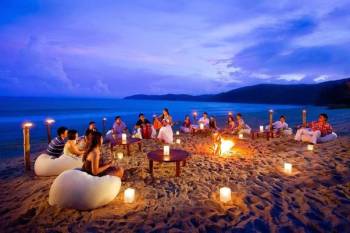 7D/6N
7D/6N